Graphics
now browsing by category
Diverse Linguists
 Aaron Hayag
Aaron Hayag
- DOB: 02/13/1995
- Place of Birth: Philippines
-
Languages:
- Filipino, English
- Took 3 years of Spanish
- Currently taking Korean.
- Random Facts: Was heavily exposed to Chinese and Japanese culture through media and other outlets (music, television, relatives, etc.)
- Loves going to concerts (favorite bands: 소녀 시대 (SNSD) and Infinite
I am a freshman attending San Diego State University. I am currently undeclared but I have a strong interest in World History and Anthropology. I would love to travel all around the world to see the famous landmarks of history, experience other cultures first hand, and most importantly communicate with people from different places through language. That being said, my curiosity and interest in foreign languages, has prompted me to take Linguistics 101 to get a closer glimpse at the structure of language. I have familiarized myself with the basic morphological types of languages. Synthetic Languages: Tagalog and Korean (Agglutinating); Spanish (Fusional) and Isolating Languages: Mandarin Chinese! As well as English, which does not really fit into any specific category.
 Angela Almeida
Angela Almeida
- DOB: 02/04/1996
- Place of Birth: San Diego
-
Languages:
- English & Spanish
- Spoken both equally throughout my life
- Took 3 years of Spanish in high school
- Passed the AP test
- English & Spanish
- Hobbies: Reading, writing, going to concerts, mindlessly scrolling through social sites. Whoops!
I have always been a writer. Making up stories and reading books prompted my love for English. Although I have always considered classroom english to be relatively easy, linguistics is more of a struggle. It’s always something new to learn everytime I’m in the room. Thus far, I am pretty good at phrase structure trees as well as phonetic sounds in the standard English language. By already being bilingual this helps plenty because I already knew things that didn’t have a name for them up until now. Hopefully by the end of this course, I will have gotten a better grip at linguistics and what it is about.
Alonzo Garcia
- DOB: 07/20/1995
- Place of Birth: Chula Vista, CA
-
Languages:
- English, Spanish, Italian
- Took and passed AP Eng. Lang. and Eng. Lit., AP Spanish Lang. and Spanish Lit., and AP Italian
- Planning to learn French, Portuguese, Mandarin Chinese within the next five years.
- English, Spanish, Italian
- Hobbies: Languages, Wrestling, Playing/Listening to Music, Reading
Languages have always been a passion of mine because I feel they are a bridge between cultures and unify the world. Currently I speak three languages which include English, Spanish, and Italian. A strength in linguistics I’ve obtained through speaking Spanish and Italian is the understanding of lexical and structural ambiguity. In the languages of Spanish and Italian there are a large quantity of terms and sentences with multiple meanings and for that reason ambiguity is a strength of mine.
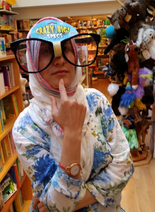 Aleena Nawabi
Aleena Nawabi
- DOB: 05/20/1983
- Place of Birth: Afghanistan
- Languages: Farsi, Dari, Arabic, Urdue, English, Pushto
- Hobbies/Fun facts: I love running, Cooking, Singing, teaching, learning, and SYNTAX!
Because I was adopted, my first language is Spanish but because I did not practice it, I have forgotten most of the language. My second language was English and the rest of the Languages I acquired was in my mid-teens. Next semester I will be learning Turkish because I am planning to teach abroad in Turkey.
 Tian’ao Wang
Tian’ao Wang
- DOB: 08/11/1995
- Place of Birth: China
-
Languages:
- Mandarin Chinese, English, some Cantonsese
- Hobbies/Fun facts: Swimming, watching movies, singing,playing computer games.
I was born in China and was exposed in Mandarin Chinese all the time, so my first language is that. My second language is English, I have studied English since I was in primary school. As for the Cantonese , that’s my favorite language, I have practiced it for three years.
 Cheyanne Tarango
Cheyanne Tarango
- DOB: 05/19/1996
- Place of Birth: Fillmore, CA
-
Languages:
- spoke English growing up
- was exposed to Spanish during childhood
- Took two years of Spanish in high school
- currently taking another Spanish class.
- Hobbies/Fun facts: I love Netflix, food, music, and sleep. I enjoy spending time with my family and also going to concerts.
I am a freshman at San Diego State University. I’m currently undeclared but I have a developing interest in Construction Engineering. After I finish school, I wish to travel to countries on the other side of the world to experience the different cultures and see the way they live. It would be a lot harder to do so without learning a few things about language first, things that are taught in Linguistics. Linguistics 101 has helped me understand some of the basic rules of syntax and semantics in other languages, like some of the rules for Spanish language. I’d say that my strengths in Linguistics are determining what part of grammar words in a sentence are and how they are paired in a syntax tree. Another strength I have is working with morphemes.
Dingming Liu
- DOB: 04/29/1995
- Place of Birth: China
-
Languages:
- spoke Chinese growing up
- Hobbies/Fun facts: sports ,music, movies, travelling, cars
Took fours years of English from high school till now and I am currently studying Introduction to Spanish class.
Despite their differences, 7 linguists from around the world have come together to share their knowledge with each other! NO LANGUAGE BARRIERS CAN STOP US!
The Traveling Linguists
Name: Katrina Renea Chavez
Age: 18
Birthday: December 20, 1995
Favorite color: Blue
Favorite food:Chicken Alfredo Pasta
Pets: 9 cats ( 8 with my dad, 1 with my mom)
Language: English, knows a little bit of Spanish, and learning Japanese.
Race: American, Spanish, Italian, Irish, and Native American
Strength/Weakness: Great at math but weak in writing.
Katrina wants to travel all over the world and experience different cultures. She wishes to go to places like Japan, Greece, Italy, and most of Europe. She also wishes to be fluent in more than 2 languages. She loves helping people, even if they are strangers.
Name: Paige Bowden
Age: 20
Birthday: April 26, 1994
Favorite Color: Black
Favorite Food: The entire Cheesecake Factory menu
Pets: 2 adorable doggies.
Languages: English (Fluent), Spanish (Working on it)
Ethnicity: Welsh, English, Mexican
Weakness/Strength: I suck at math, but I can write!
When Paige isn’t sitting in class, earning her way to that English degree, she is serving food and living off tips. When she does finally have a day off, you can either find her in bed past noon or online
shopping. She hopes to travel to all of Latin America. Especially Spain!
Name: Michelle Kuerz
Age: 23
Birthday: October 9, 1990
Favorite Color: Green
Favorite Food: Pasta
Pets: No pets at the moment, but I grew up with dogs, cats, rabbits and goats!
Languages: English (Fluent), American Sign Language (in progress)
Ethnicity: German, Irish, Scottish, English
Michelle wants to explore the world and see new places. Upon graduating in December, she hopes to move to Australia to pursue a Master’s Degree in Speech Pathology. If she could live on the beach in the sand, she would.
Name: Carl Spence
Age: 20
Birthday: January 05,1994
Favorite Color: Gray
Favorite Food:
Pets: 2 Dogs, a Pekinese and Mixed Chiwawa
Languages: English, learning Japanese
Ethnicity: Chinese, Philipino, White
By day Carl is a SDSU and Grossmont student trying to earn a double major in Japanese and Linguistics, while taking care of two reckless puppies. By night, he is an ESS Attendant, At the Casa De Oro elementary school, maintaining and educating kids of all ages, while managing ends meet of housing, gas and school. He wishes to travel to Japan.
The Mighty Morphemes
The Mighty Morphemes (TMM) is an international group working on issues regarding the conservation, research and linguistic, formerly named the Mighty Morphemes. TMM was founded in 2014.
Our symbol is simple and unique we are several individuals who are from different color. Ethnically we have variation in our language especially in English but our members are mostly native English speakers. Our venture in linguistic 101 is opening up our minds to semantics, phonology, phonology and more and we have learned a lot throughout the couple of months that have passed. As a group we enjoy making weird noises while holding our throats to classify sounds linguistically with our leisure time, which has made us as a group much stronger.
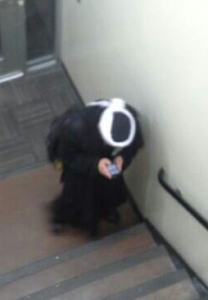
Mohammad Sabir Abbassi
Mohammad’s native language is farsi, second language is English and his third is Arabic. He did however speak Spanish, french and italian but over time he lost this ability since there was no one to speak to.
Raul Millan.
Age: 20
Height: 5’7
Weight: 140 lbs
Raul loves to read, play video games, and has a passion for soccer. Although he thinks it should be called futbol. His favorite movies include Star Wars, Indiana Jones, and Taken. In terms of linguistics, Raul’s strengths are semantics and syntax. He enjoys creating syntax trees out of random sentences to see how they interact with each other and create an infinite amount of sentences. He thinks that semantics are amazing because of the different meanings words can take. Being fluent in both English and Spanish is something he takes great pride in because he is 2 languages closer to learning the 7,105.

Seth Rubero
age: 18
Height: 5’9’’
Weight:160lbs
Seth enjoys long walks on the beach and getting caught in the rain… oh and linguistics too
Seth’s biggest weakness is semantics. Analyzing sentence structures has never been easy for him, but he’s working on it. Seth’s biggest strength is definitely morphology, affixes come naturally to him. His first language is English, but he has been studying Spanish since he was 15 years old and is now almost fluent. Being (almost) bilingual gives Seth a unique perspective on linguistics, and allows him to appreciate language more.
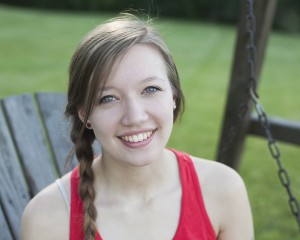
Kat Tharp
Age: 18
Height: 5’8”
Weight: 125 lbs
After spending 18 years braving the cold New Hampshire winters, Kat decided to try the most drastic change of scenery possible and move to San Diego, CA. Kat is a native English speaker, but has been studying Spanish since middle school and has become practically fluent over the years. But don’t she doesn’t plan to stop there; Kat has many languages she hopes to learn over the years. She plans to one day travel the world teaching the English language and learning about other languages and cultures all around the world. While morphology is her strong suit, Kat tends to get stuck on trees. Especially those of the syntax variety. But that won’t stop her from doing what she can to become a strong linguist.
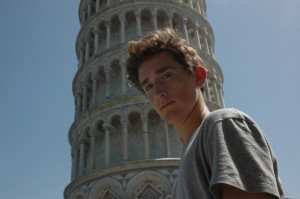
Stellan Christensen is the name, Linguistics is the game.
Age: 18 ½
Height: 5’ 7”
Weight: 155 lb
Stellan was born and raised in Minneapolis, MN. Born from an American Dad and a Swedish Mother. He lived in Sweden when he was in 6th grade and acquired the language and knowledge of the heritage. He has played hockey and soccer for 10 years and he loves the sport. Stellan’s Idols include: Nathan Mackinnon, Mark Cuban, Johnny Manziel and Zlatan Ibrahimovic. He is currently a graphic design major at SDSU and he loves to have fun with family and friends.

Name: Sydnie Gilinsky
Age: 19
Height: 5’4”
Weight: 120 Lbs
Sydnie hails from the suburbs of Oregon, finding refuge now under the towering palms and sweet breezes of San Diego. She is a starving English major with a knack for poetry but some disdain for structure. That being acknowledged, Syntax harbors the most crucial struggle for her. Speaking Spanish for 5 years should lend her a helping hand in certain areas, however she has not yet figured out exactly how she can apply these skills. Nonetheless, linguistics fosters a few areas crucial to her skillset, such as exploring phonetics and phonology, as well as the basic design features and theories of language. Sydnie finds that the idea of language at its core being universal is both a fascinating and horrifying idea, but trudges on in the battle to better understand the cogs of linguistics.
Morphology of Roy Lichtenstein’s Artwork
- What parts of the image do you see?
1st image: I see a blonde hair woman, tears streaming down a sad woman’s face, a thought bubble, a man in his suit and tie, and a yellow background
2nd image: I see a blonde hair blue eyed woman, tears streaming down a sad woman’s face, a thought bubble, words, and a bed or sofa
3rd image: I see a blonde hair blue eyed woman, a window, a thought bubble, staircase, and words
- How do those parts interact with each other?
1st: Since the man is in the thought bubble, the woman is obviously crying while thinking about him.
2nd: The woman is lying on a bed or sofa crying and thinking about something.
3rd: The woman is sitting beside a window that gazes at the nighttime city thinking about a man.
- Is this image telling a story?
1st: Yes the woman probably thinking about a loved one she’s lost or broke up with
2nd: Yes the woman is crying and thinking about how things should’ve been.
3rd: Yes the woman is wondering about where a man is at, probably a loved one
- Which parts of this image are characters in the story?
1st: The women is character of the story but the man can also be an important character since he’s the cause of the woman’s tears.
2nd: The women is obviously the subject or character of the story
3rd: Just like the previous images, the woman is also the character of the story
- Which parts of this image are crucial for the setting of the story?
1st: Not really a setting except a yellow background but it could probably mean she’s in a brightly lit room.
2nd: There’s not really much of a setting except for the couch/bed the woman is lying on
3rd: The window, night sky and skyscrapers create the background of the picture
- Which parts of this images are crucial for the plot?
1st: The crucial element is the women and the man in the thought bubble because it shows that thinking about the man make her cry.
2nd: The crucial element is the women and the words in the thought bubble because it shows us that she’s crying and regretting something.
3rd: The crucial element is the women and the words in the thought bubble because it shows us that she’s thinking about someone and wondering where he’s at.
- How do these parts interact?
1st: Shows that woman is thinking about a man she loves that has broken her heart
2nd: Shows that a women is lying in bed crying over a relationship probably that should’ve began another way.
3rd: Shows that its late at night woman is probably waiting for her man to come back hoe but he hasn’t come back yet so she’s worried.
- What parts of this image are “root” or “stem” parts and which parts feel like “affixes”? Why?
1st: The root of the image is the woman, the man in the bubble and the tears b/c they are crucial to the plot of the image. The affixes would be the colors, the tiny dots on the characters faces and the bold outlines.
2nd: The woman and her tears are the roots of the image because she’s the main character of the picture and the tears help show the emotion she’s feeling. The words inside her thought bubble is also the stem because it shows us what she’s thinking about that caused her to cry. The affixes would be the bed she’s laying on, the colors and the bold outlines.
3rd: The roots of the image is the woman and the words inside her thought bubble because it shows us that she’s thinking and concerned over someone. The windows, the buildings and the night sky are also the stem because they make up the background and setting of the image. Without it we won’t know that the woman is up late waiting for someone. The affixes would be the staircase, bold outlines, Ben-Day dots and colors because they kind of hold the hold image and brings it together.
- Of the affixes, can you say which are “inflectional” (they only exist to hold the grammar together) and which parts are “derivational” (they add some important information to the meaning, or change the kind of meaning of a given part)?
1st: I think the bold outlines and the Ben-Day dots on the characters faces are derivational. Without them, we’d not be able to see what the image is about because those are what basically make up the picture. The color of the picture however, is inflectional. Without colors, we will still be able to make out the important parts of the image such as the crying woman and the man in the thought bubble. The coloring just adds to the image but doesn’t affect the plot of the image.
2nd: The bold outlines on the picture are derivational because without them, we wouldn’t be able to make out what’s actually in the picture. For example without these black lines we probably won’t be able to tell that’s a woman’s face we’re seeing. Colors again is inflectional it’s just there to tell there to give the audience some extra details such as the woman has blonde hair and blue eyes but those are just minor details not crucial to the plot. The object the woman is laying on also is inflectional, it’s not really part of the background or anything and is just there to give the audience some extra details about the image. Without these inflectional affixes we will still be able to see what the woman is crying about.
3rd: The staircase would be inflectional because it doesn’t really do much to the image doesn’t tell us much about the story of the picture except the woman has a 2 story house. The bold outline, ben-day dots and colors however are what gives meaning to the picture and brings out the plot. The bold outlines and Ben-Day dots are derivational because they’re basically what forms the entire picture, without it we won’t be able to get a clear idea of what the picture is. The colors in this picture unlike the previous pictures are also an important part because the dark blue background outside the window lets us know its nighttime which is crucial for the plot.
10. Find what patterns repeat across the three images you’ve chosen.
All three images revolve around a sad women concerned about romance. In two of them the women are even crying over love. I assume they’re probably the same woman because they all have the same colored hair and in two of the images we can see that both woman have the same colored eyes. They’re probably also troubled for the same reasons by the same man. Another similarity is that the women are always thinking about something, hence the thought bubble. The art style of these images looks like what we’d see in comic books but there are no dialogues at all in these three pictures. The message these images are trying to send out is probably that women think too much and are always troubled by romance because they revolve their lives around men too much. Lastly the artist of these images tend to use the same colors to create these images. He mainly uses colors like yellow, red, blue and white which helps make the images pop out at people even more.

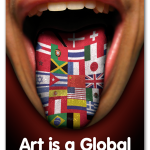







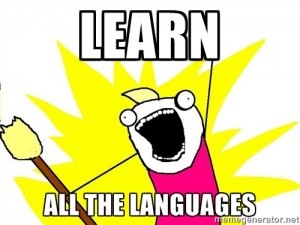
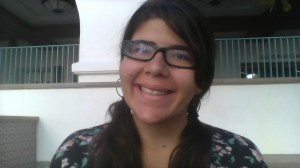


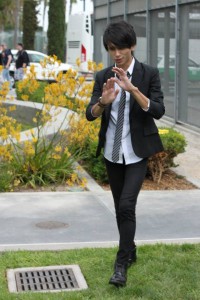



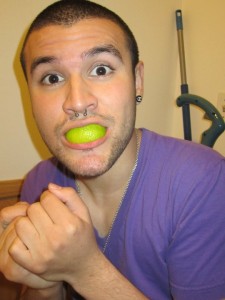
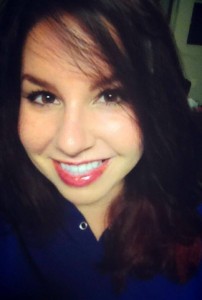

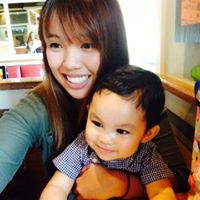
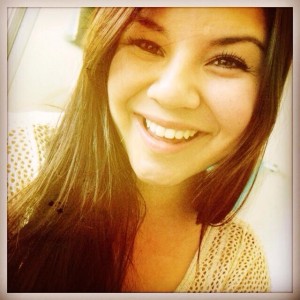
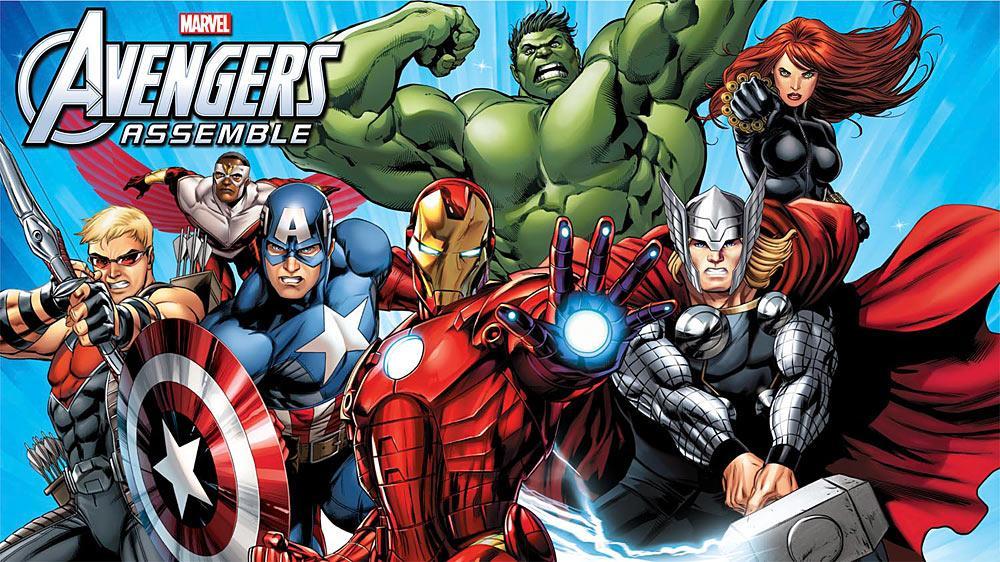
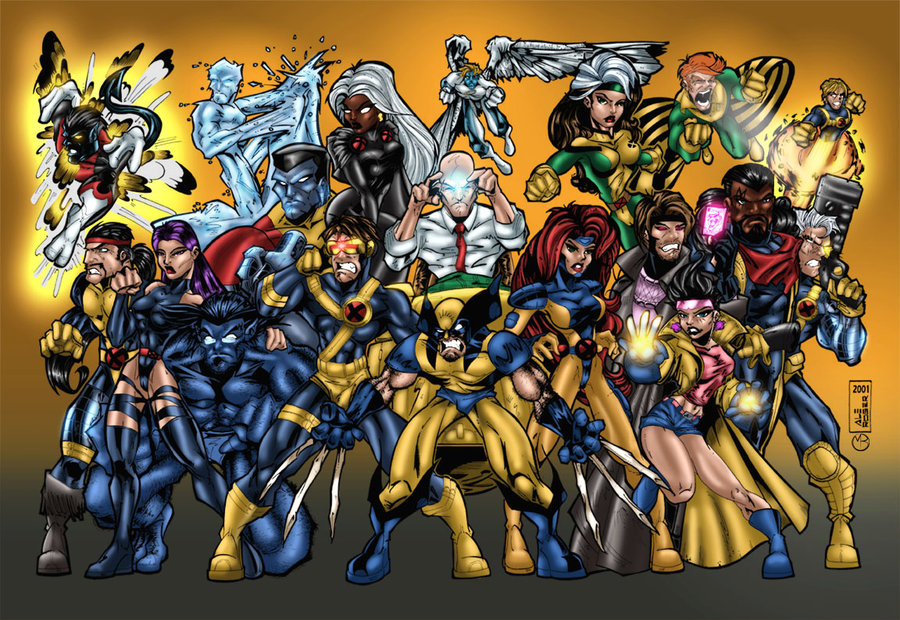

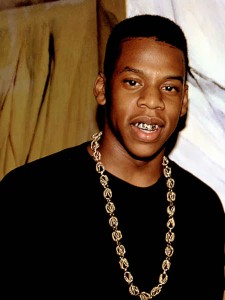



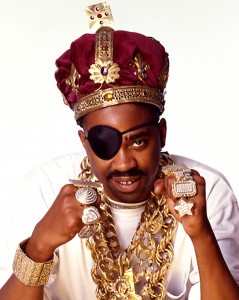
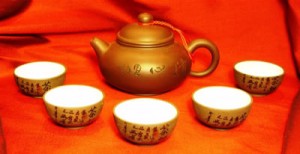



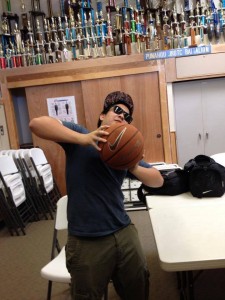




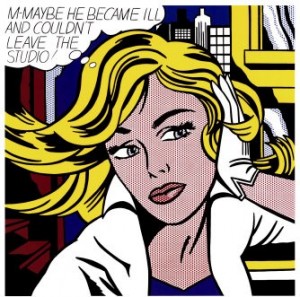
 D5 Creation
D5 Creation